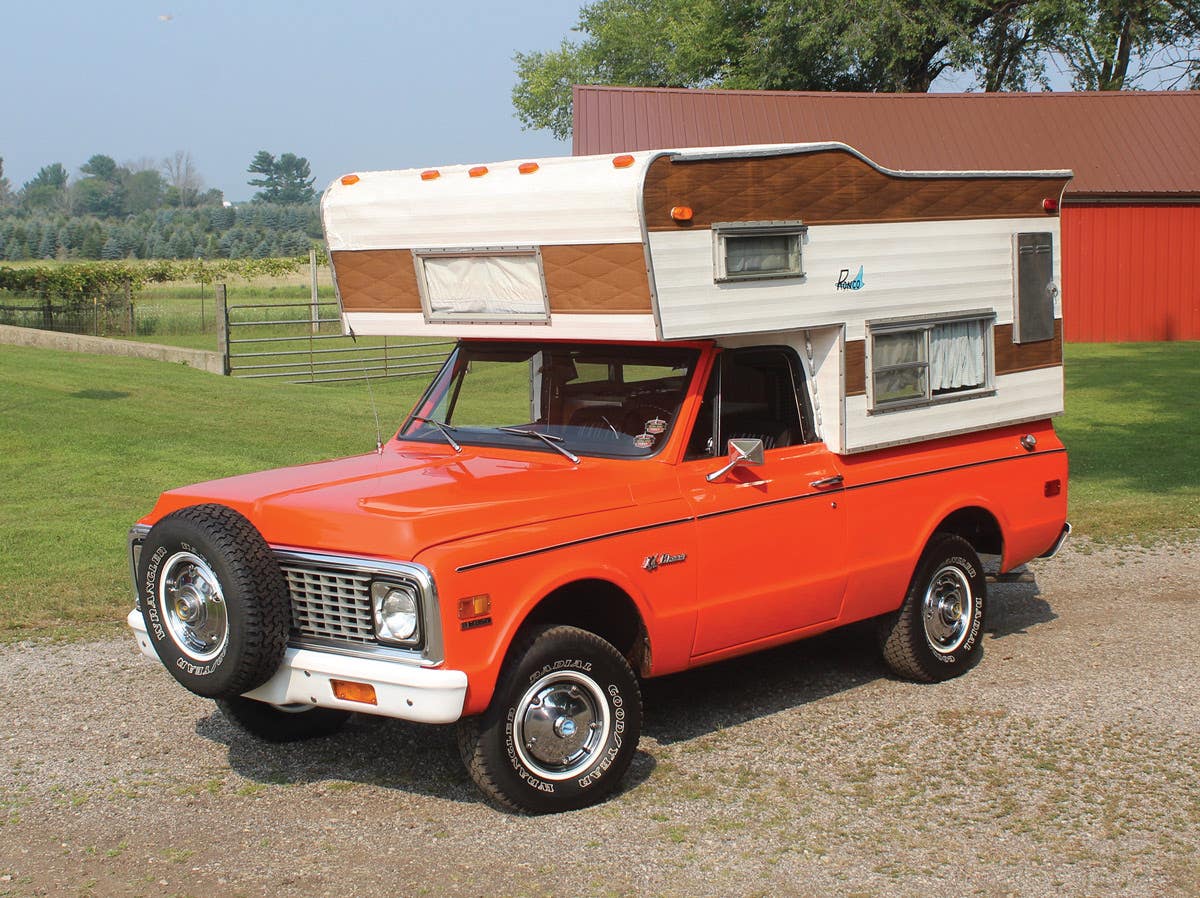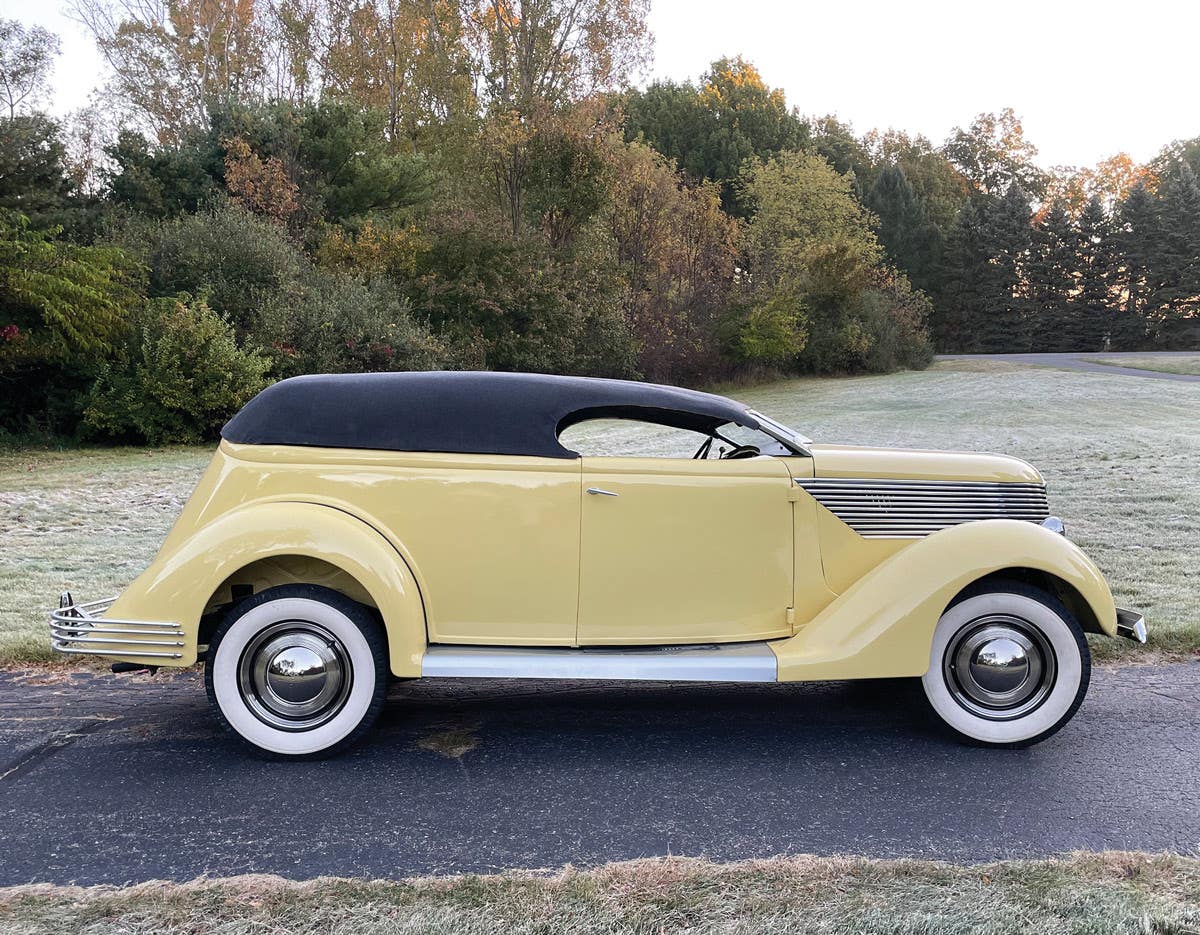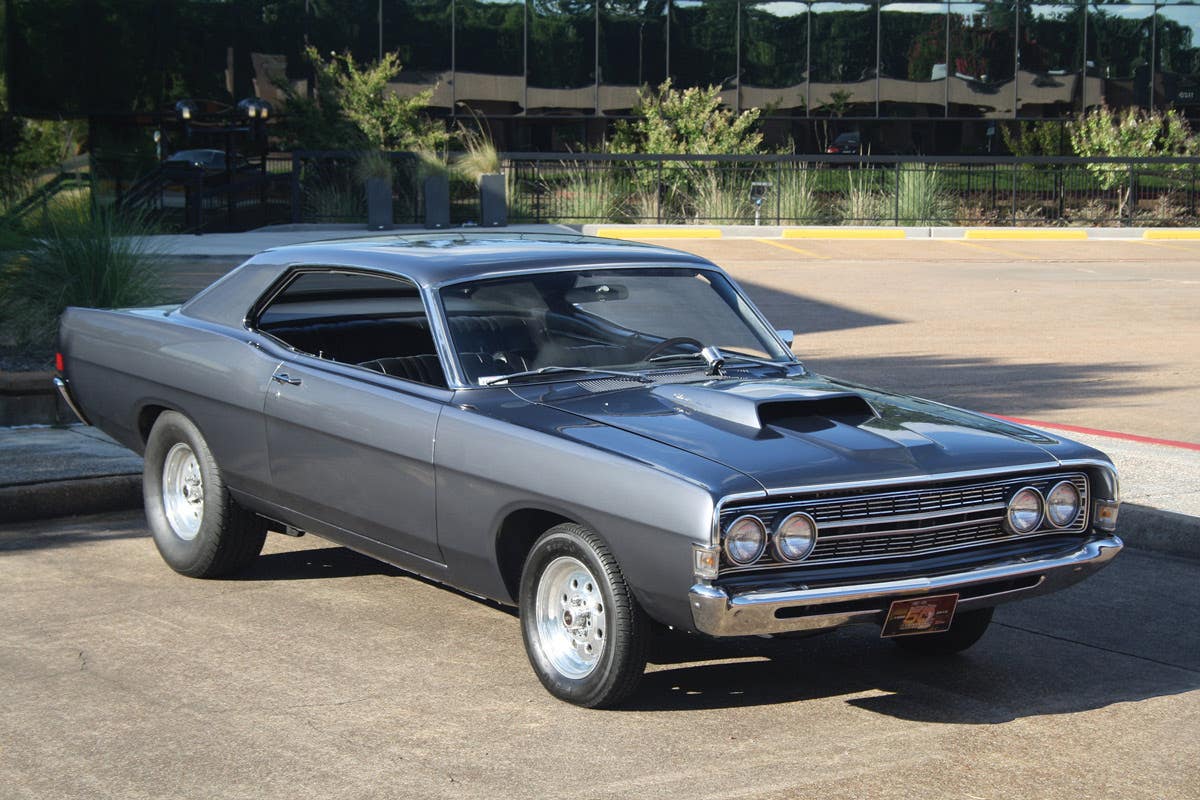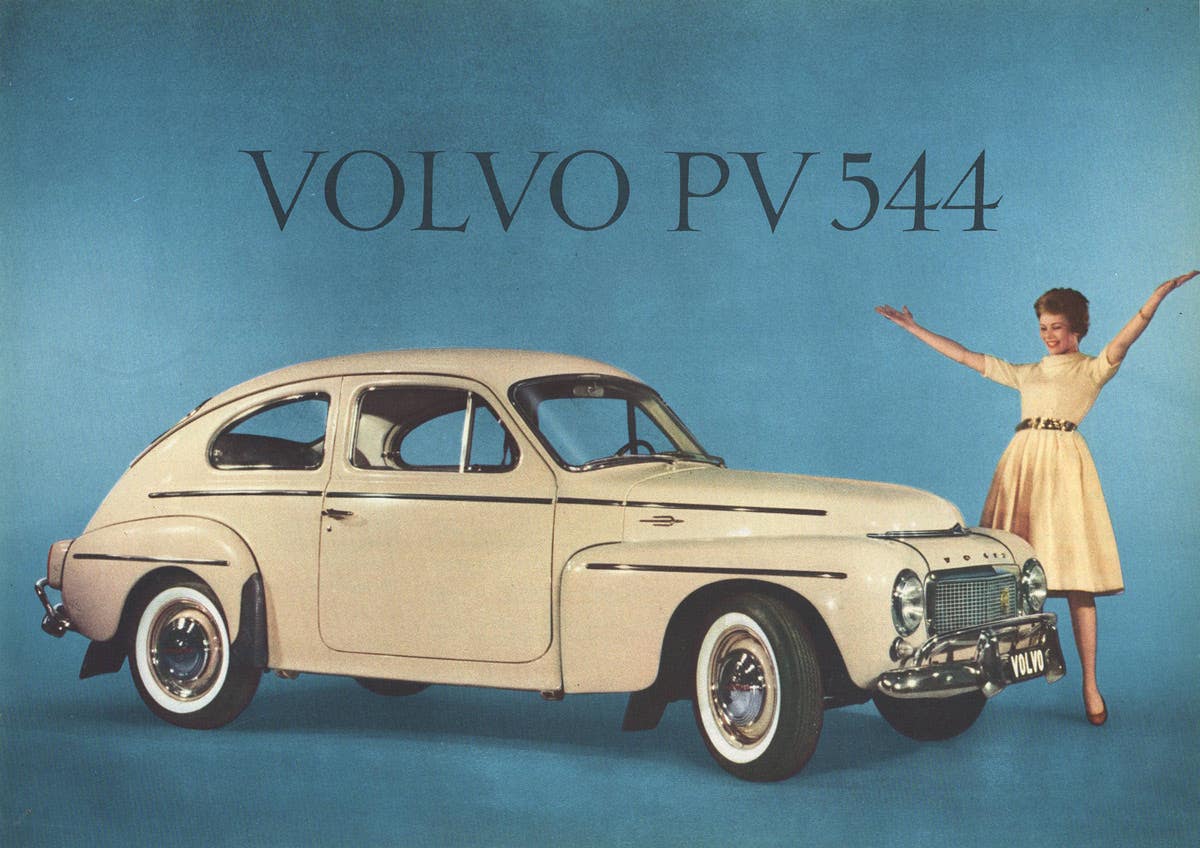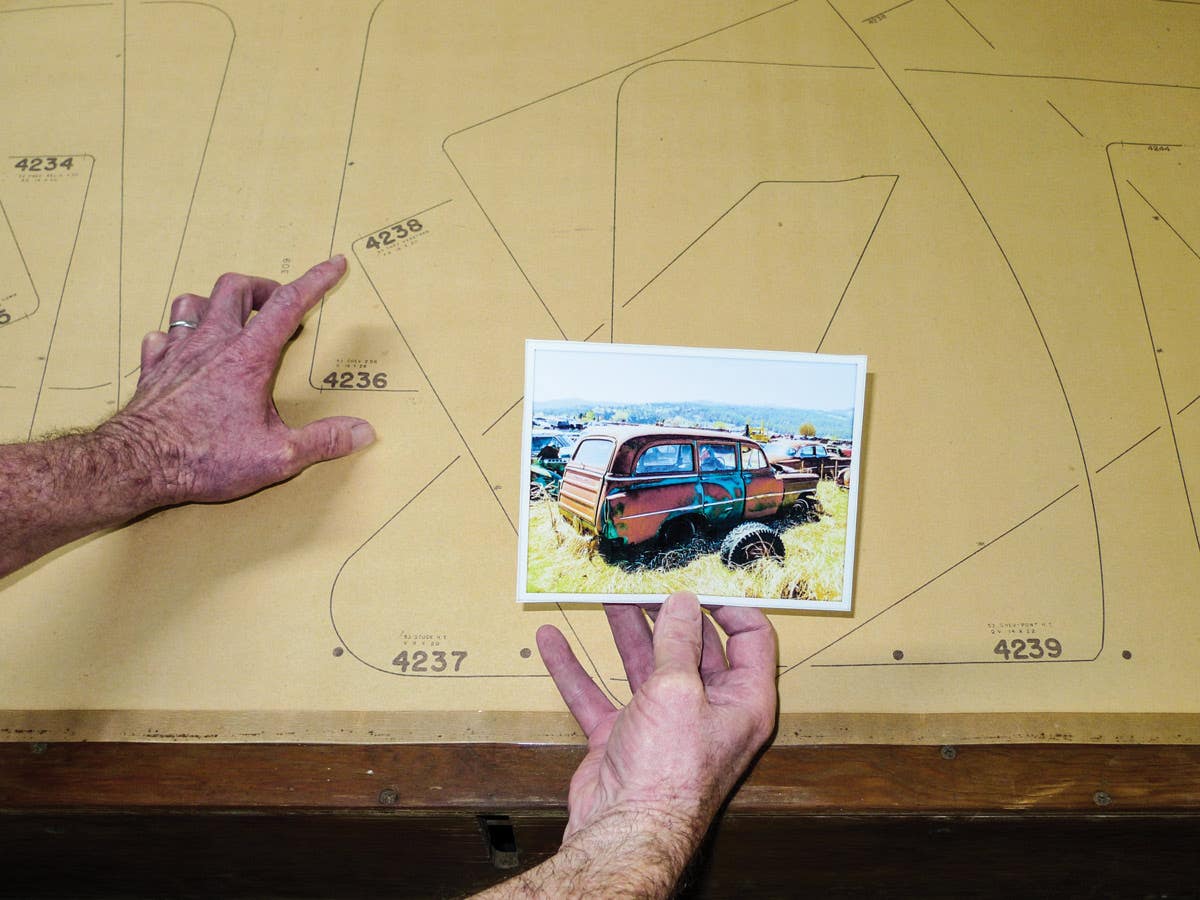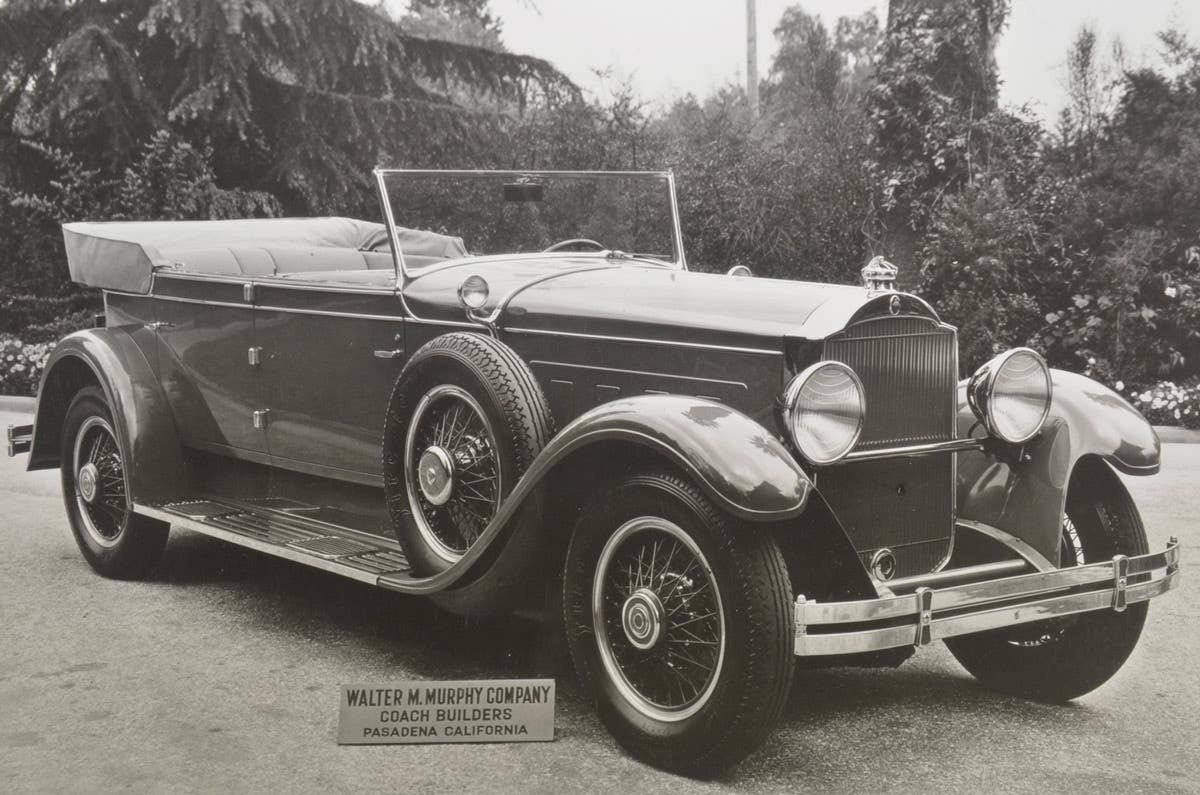Q&A with Kit Foster: November 1, 2012
Q. My 1948 Willys CJ-2 Jeep seems to have lost power. The compression is within specs and the engine runs great and revs well in the lower gears. There is…
Q. My 1948 Willys CJ-2 Jeep seems to have lost power. The compression is within specs and the engine runs great and revs well in the lower gears. There is no backfire (carburetor or exhaust when fully warmed), even at full throttle up or down hill, but it doesn’t have the power I feel it had a few years ago. I use this vehicle almost daily as my ATV on my steeply hilled farm. I suspect the camshaft lobes are worn. Is there any way to check without a tear-down? My reason for this belief is the fuel pump stopped putting out enough fuel except at idle. A tear-down of it revealed no obvious problems. I then installed an electric pump which solved the fuel starvation problem.
On my first farm (1977-1993), I had a 1941 Jeep that I ran with Castrol GTX 10W-30. Then I sold the farm and the Jeep with it. In 2006, I purchased my current farm and the ’48 Jeep. I began running GTX 10W-30 since it had served me so well on the ’41. I read an article in Old Cars Weekly a year or so ago noting that oils had changed and a special additive must be added to modern oils to properly lubricate solid-lifter cam engines. I purchased the additive and began adding it to the ’48 — just before the fuel pump failed. If the cam is worn, what other symptoms would exist? If I have to replace the cam, can it be done without removing the valves?
— Chuck Klein, Georgetown, Ohio
A. I suppose that could be your problem, particularly as you say the fuel pump cam seems to have worn down (it wasn’t just a worn lever on the fuel pump). There’s no easy way to check the camshaft on an L-head engine. If the cams have worn unevenly you should be able to notice a difference in the height of the valve head above the deck of the block, as you slowly turn the engine over (with the head off, of course). As for removing the camshaft, you do need to remove the valves and the tappets. In fact, you may have to remove the engine from the Jeep to get enough clearance, since the cam pulls out from the front.
-------------------------------------------------------------
Q. I picked up this Chevron can at a garage sale recently. It is a quart-size paint can that has a rusty top and bottom, and opens the same way a paint can opens. However, I have not opened any of the three cans I have. I know these are old cans because the bottom line on the can states “STANDARD OIL COMPANY OF CALIFORNIA SAN FRANCISCO, CALIFORNIA” and there is no zip code. As stated on the can, the cans contain “12 CAPSULES 17cc EA.”
Years ago, when I was growing up in Nebraska, the old starting fluid spray can was very handy starting the old tractor or truck on below-zero mornings. One little shot under the breather or directly in the carb usually did the trick. I have never seen starting fluid in a paint can. The tops of the cans are very rusty and I don’t want to try opening them until I have a little more education about this item.
— Marvin Honeycutt, San Francisco
A. I think the key is the labeling on the back of the can (which won’t reproduce well here): “CHEVRON STARTING FLUID should be applied with the specially designed priming system to accommodate one or more capsules.” The capsules apparently contain ether, like the spray cans, but they are made to be used with some sort of “system” that either was installed on an engine or could be brought out to it. I believe that style of the Chevron logo dates from 1955. Are any readers familiar with a “specially designed priming system” that used ether capsules?
-------------------------------------------------------------
Q. I’m looking for decals as originally used by the Martin Parry truck body firm in York, Pa. These decals were originally affixed to the ends of the seat support box in truck bodies built by Martin Parry, at least through 1926. Someone had these reproduced and offered them for sale once on eBay. Where can I find some of these reproductions?
— R.L. Hate, via e-mail
A. I could find no reference to a current source for these online, although several people seem to be looking. With the state of reproduction technology today, it should be possible to generate a decal from a high-resolution digital photo of a good original decal on a truck, or one of the reproductions formerly found on eBay.
To submit questions to this column: E-mail angelo.vanbogart@fwmedia.com or mail to: Q&A, c/o Angelo Van Bogart, 700 E. State St., Iola, WI 54990-0001.
Got Old Cars?
If you don't subscribe to Old Cars Weekly magazine, you're missing out on the only weekly magazine in the car hobby. And we'll deliver 54 issues a year right to your mailbox every week for less than the price of a oil change! Click here to see what you're missing with Old Cars Weekly!
More Resources for Car Collectors:
- Classic car price guides, research, books, back issues of Old Cars Weekly & more
- Get expert restoration advice for your classic car
- Get car pricing, data and history all in one place
- Sign up for Old Cars Weekly's FREE email newsletter
- Need to buy or sell your classic car? Looking for parts or memorabilia? Search our huge online classified marketplace



